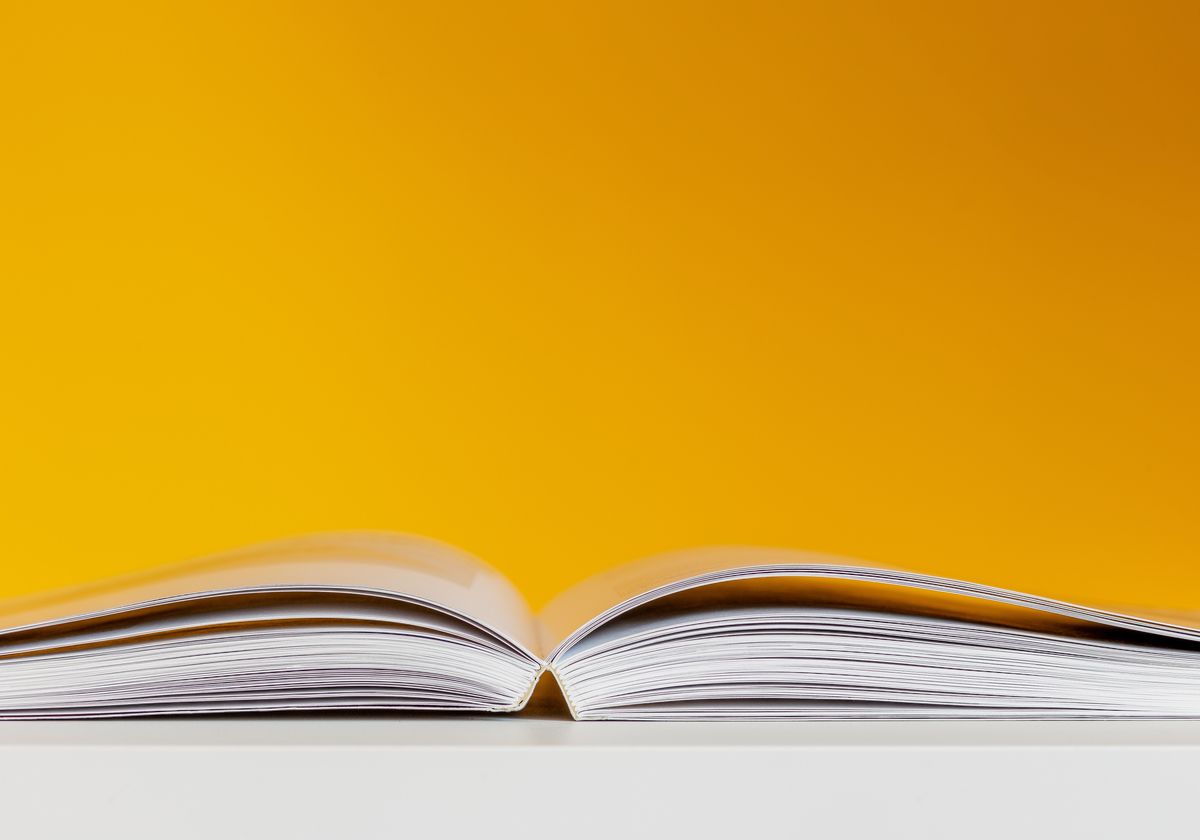“Procrastination is best understood as an emotion-focused coping strategy”
– Fuschia M. Sirois and Timothy A. Pychyl
Procrastination is what we do when we delay an intended task or activity, despite the consequences. For example, watching that new web series versus working on that business idea or organizing your room instead of studying for that exam. It is not about how we manage our time but in fact now understood as a way we cope with overwhelming emotions.
You may wonder, why do we procrastinate?
When our brains perceive a situation, task or activity as unpleasant/challenging/threatening it leads to emotional stress. When we experience stress, parts of the brain and body – the limbic area (emotion processor) and nervous system – automatically become activated, overriding the prefrontal cortex (reasoning and planning center). This is a natural, evolutionary, survival response that enables us deal with the ‘threat’ at hand.
In order to cope with this emotional stress and manage the brain-body changes we use procrastination as a strategy. For example, while writing this blog article, my anxiety gets triggered and self-esteem is threatened. In order to cope, I choose to distract myself or avoid the activity by binge watching a favorite tv show. I do this to make myself feel better, gain relief and reduce my discomfort.
How does it become an unhelpful pattern or cycle?
The brain-body system tends to need as well as want safety, comfort and pleasure. Hence, we may choose strategies such as procrastination that provide a sense of protection and make us feel better in the short-term.
Using the previous situation, binge watching that tv show will help me cope momentarily maintaining my self-esteem but once the show is over, the anxiety remains and now I also feel guilt. So, the cause hasn’t been resolved and I continue feeling distressed. I then direct more of my energy resources to cope, eventually leaving less energy for me to actually work on the article.
It’s like having a leaking faucet and putting a bucket underneath as a temporary fix. I believe the situation is resolved for the time-being and can move onto other important things. However, if the faucet is not repaired using helpful and appropriate tools, the bucket will keep needing my attention to avoid overflowing.
Using procrastination as a way to frequently regulate our emotions leads to physiological changes in the brain. It then becomes our go-to, quick reward tool which we find difficult to change.
How can you change your relationship with it?
Begin by telling yourself that changing long-standing brain patterns and ways of responding is difficult as well as challenging. That what is happening is in fact a response to something and not who you are. Accept that there will be times that it will show up and you will feel uncomfortable.
Set a clear intention. Spend time understanding the reasons who want to make a shift in the first place. For each person that may be different.Continue to remind yourself about the reasons you chose to begin this journey as you go forward.
Reach out for support. Ask your support system – friends/partners/family members/groups to be there for you. Speak to those people in your life that make you feel safe, respond with empathy, validation, kindness and encouragement. One of the things that helped me during my journey was to speak to a safe and qualified therapist.
The self-compassion antidote. Being critical and hard with yourself will make you more prone to procrastinate and lead to other emotions showing up. Developing kindness and understanding yourself can foster motivation, curiosity and enhance self-worth.
Explore your triggers. Reflect about your experience and become familiar with how your brain-body respond. As you become self-aware during this journey you may notice situations, thoughts or emotions that act as triggers. Try to create a soothing space for yourself in order to cope.
Build a stress tool-kit. Understand that you are experiencing stress and are now choosing to respond in a manner that is helpful as well as health-giving. Engage with nature, play with an animal companion, exercise (as much as 15-20mins can make a difference) or use breathing strategies. These are just some of the tools you can try. You may use one or a combination of many, whatever works for you.
Meditate often. Research (Adrienne Taren et. al., 2015) has found that mindfulness meditation helps reduce the volume of the amygdala (region for fear and emotions), increases the prefrontal cortex, effectively reducing procrastination. It can also increase your ability to concentrate, cope with stress and enables non-judgement.
The way I view procrastination has changed considerably through the years. Understanding that it was my brain-body’s response to something, that there were other helpful and nourishing strategies available for me to experiment with has enabled me to change my approach with it.
Through this article, I hope to create possibilities of understanding this complex phenomenon, and invite you to develop an empowered relationship with it. As you go forward, know that you can hit pause and return to working with it again, whenever you feel ready.
I have included a few ways in which you can help yourself however there are a ton of other strategies, resources and self-help tools available that you may want to explore and I would be happy to share them with you.
For queries or assistance, feel free to contact me on the email address provided below.
About the the author: Pia Sanghvi – Pia is a Therapist and a Mental Health Professional practicing in Mumbai, with an M.A in Psychology, Counseling. Please do feel free to reach out to her if you have any questions. Email – piasanghvi.therapy@gmail.com; LinkedIn – www.linkedin.com/in/piasanghvi; Instagram – www.instagram.com/explorewithpia
